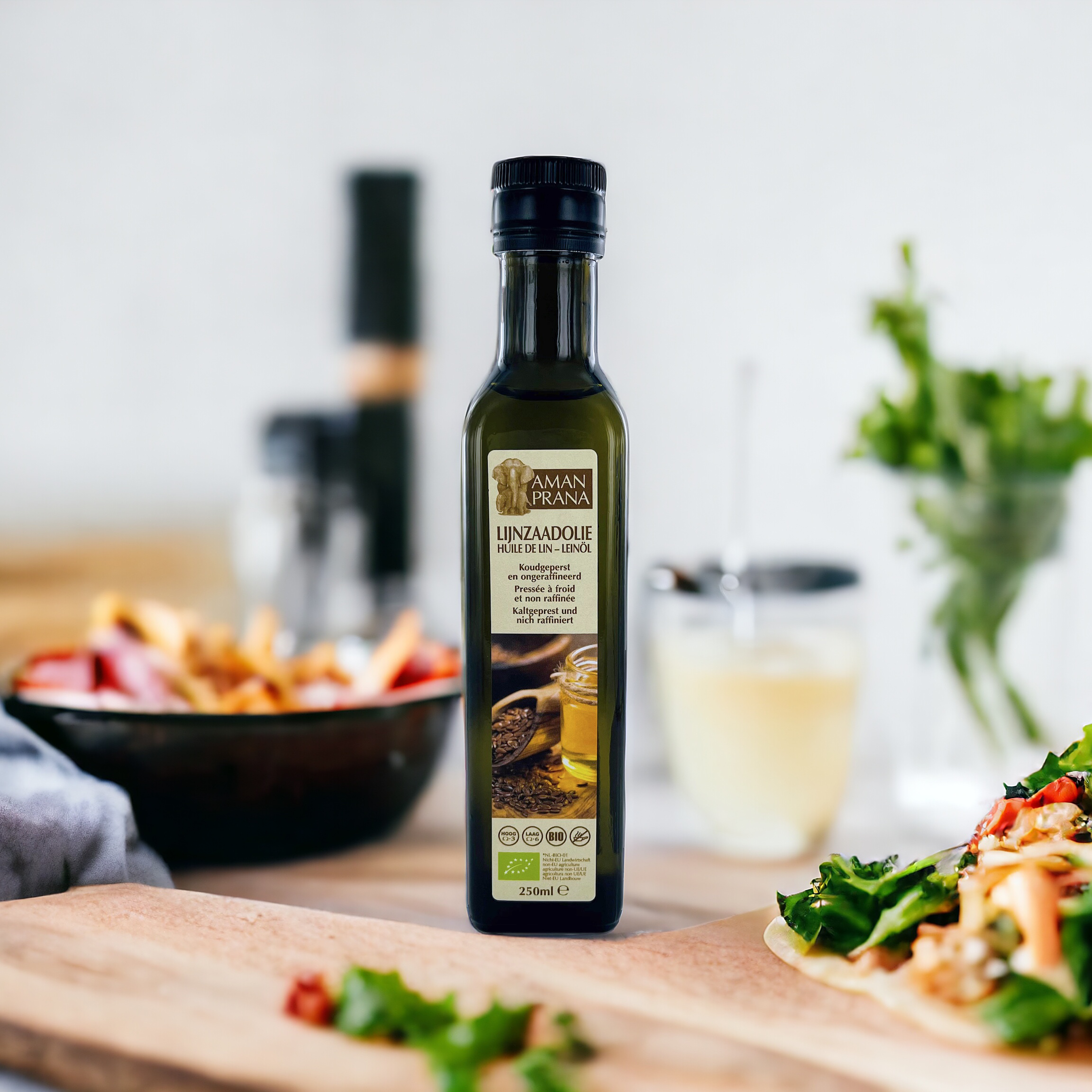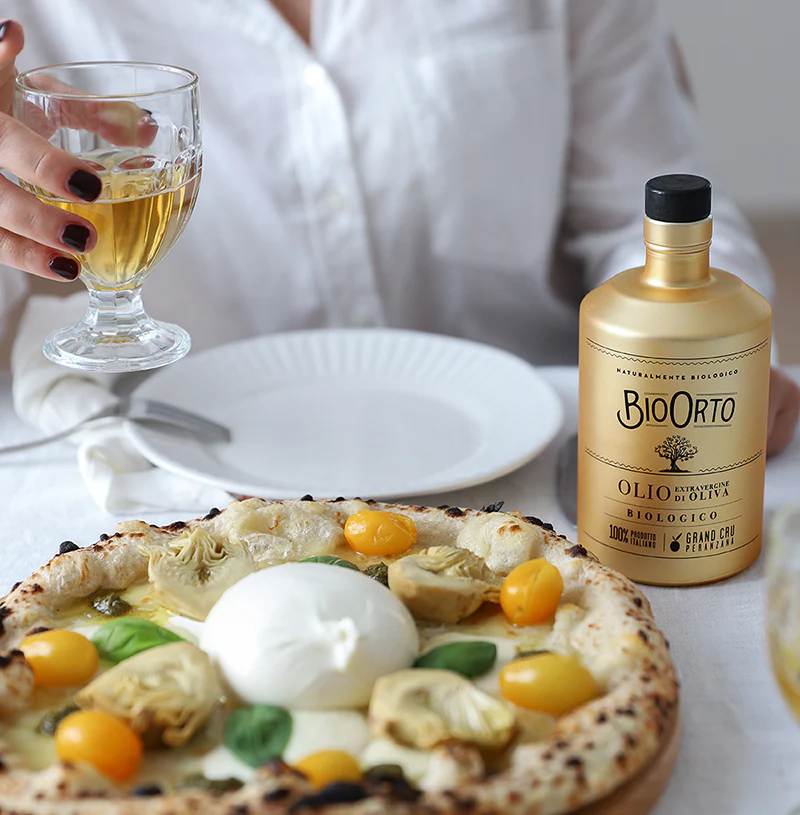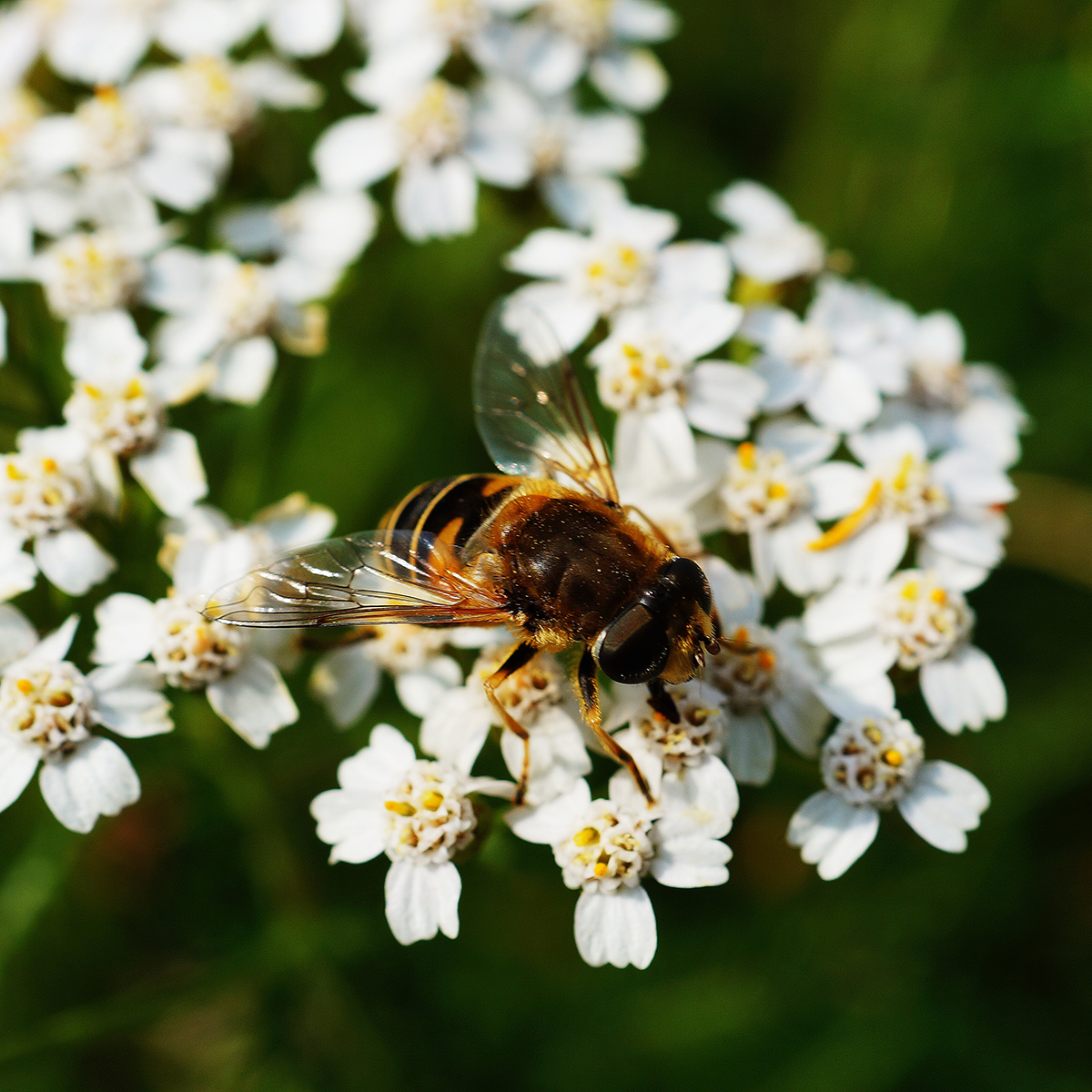Organic Coconut Blossom Sugar: A Healthy and Delicious Sugar Alternative

If you're looking for a natural sugar alternative that is both delicious and healthy, you might want to consider coconut blossom sugar. Also known as gula java, this sugar is produced from the sap of the coconut palm tree and has gained popularity in recent years as a healthier alternative to traditional sugar. In this article, we'll take a closer look at what coconut blossom sugar is, where it comes from, how it is produced, why it is different from other sugars, how to judge the quality, and how to use it.
What is Coconut Blossom Sugar?
Coconut blossom sugar is a natural sweetener that is derived from the sap of the coconut palm tree. This sap is collected from the flower bud of the coconut palm tree, which is also known as the "inflorescence." The sap is then boiled down to produce a thick syrup, which is further dehydrated and granulated to produce coconut blossom sugar.
Coconut blossom sugar has a brown color and a rich caramel-like flavor that is similar to brown sugar. It is often used as a substitute for traditional cane sugar in recipes, and it can be used in both sweet and savory dishes.
Where does Coconut Blossom Sugar come from?

Coconut palm trees are native to tropical regions, including Southeast Asia, the Pacific Islands, and parts of South America. Coconut blossom sugar is traditionally produced in these regions, and it has been used as a sweetener in traditional cuisine for centuries.
Today, coconut blossom sugar is also produced in other parts of the world, including India, Sri Lanka, and the Philippines. The sugar is typically produced by small-scale farmers who use traditional methods to collect and process the sap.
How has Coconut Blossom Sugar historically been used?

Coconut blossom sugar has a long and rich history in the traditional cuisines of Southeast Asia and the Pacific Islands. It has been used as a sweetener for centuries, and is often referred to as "gula java" in these regions.
In these cultures, coconut blossom sugar is highly valued for its nutritional benefits as well as its rich and complex flavor. It is often used in traditional sweets and desserts, as well as in savory dishes such as curries and stews.
In addition to its culinary uses, coconut blossom sugar has also been used in traditional medicine. It is believed to have a cooling effect on the body, and is often used to treat fever and other ailments.
Today, coconut blossom sugar has gained popularity in other parts of the world as a healthy and natural sugar alternative. Its unique flavor and nutritional profile make it a favorite among health-conscious consumers who are looking for a healthier way to sweeten their food and drinks.
How is Coconut Blossom Sugar produced?
The production process of coconut blossom sugar is a labor-intensive process that begins with tapping the coconut palm tree. The flower bud of the tree is cut, and a container is attached to collect the sap that drips out. The sap is collected early in the morning while it is still fresh and then filtered to remove any impurities.
Next, the sap is transferred to a large wok or pot, where it is boiled down to produce a thick syrup. The boiling process can take several hours, and the sap is constantly stirred to prevent it from burning. Once the syrup has reached the desired consistency, it is transferred to a shallow pan and further dehydrated through natural sun drying or mechanical methods, which can take several days.
The syrup is stirred regularly during the dehydration process to prevent clumping. Once the syrup has been dehydrated to the desired moisture content, it is granulated to produce coconut blossom sugar. The final product is a brown sugar that can be used as a natural sweetener and is packed and ready to be used in a variety of recipes.
The use of traditional methods by small-scale farmers ensures that the sugar is minimally processed and does not contain any additives or artificial ingredients, making it a healthier alternative to traditional cane sugar. Additionally, supporting the production of coconut blossom sugar can help to promote sustainable agriculture and support the livelihoods of small-scale farmers in the regions where coconut palm trees are grown.
Why is Coconut Blossom Sugar different from other sugars?
Coconut blossom sugar is different from other sugars in several ways. First, it is a natural sweetener that is derived from the sap of the coconut palm tree. This means that it is minimally processed and does not contain any artificial ingredients or additives.
Second, coconut blossom sugar has a low glycemic index, which means that it does not cause a rapid spike in blood sugar levels. This makes it a healthier alternative to traditional cane sugar, which has a high glycemic index and can lead to blood sugar imbalances and other health problems.
Finally, coconut blossom sugar contains trace amounts of vitamins and minerals, including potassium, magnesium, zinc, and iron. While these amounts are relatively small, they can still contribute to overall health and wellbeing.
How to judge the quality of Coconut Blossom Sugar?
When purchasing coconut blossom sugar, it is important to look for organic and fair trade certifications. Organic certification ensures that the sugar has been produced without the use of pesticides or other harmful chemicals. Fair trade certification ensures that the farmers who produced the sugar received fair compensation for their labor.
It is also important to look for sugar that is minimally processed and does not contain any additives or artificial ingredients. High-quality coconut blossom sugar should have a rich caramel-like flavor and a slightly moist texture.
How to use Coconut Blossom Sugar?

Coconut blossom sugar can be used as a substitute for traditional cane sugar in a variety of recipes, including baked goods, desserts, and savory dishes. It can be used in the same quantities as traditional sugar, but because it has a slightly lower sweetness level, you may need to use slightly more of it to achieve the same level of sweetness.
Coconut blossom sugar can also be used to sweeten beverages such as coffee, tea, and smoothies. It has a rich and complex flavor that can add depth to your drinks.
In addition to its use as a sweetener, coconut blossom sugar can also be used as a substitute for brown sugar in recipes. It has a similar flavor and texture to brown sugar, but is less processed and contains more nutrients.Overall, coconut blossom sugar is a versatile and healthy sugar alternative that can be used in a variety of ways. By incorporating this natural sweetener into your diet, you can enjoy the sweetness you crave while also supporting your health and wellbeing.
In conclusion, coconut blossom sugar has a long and rich cultural history, and has been used for centuries in traditional cuisines and medicine. Its unique flavor and nutritional benefits make it a valuable addition to any diet, and its growing popularity is a testament to its versatility and health benefits.












The information below is required for social login
Sign In
Create New Account